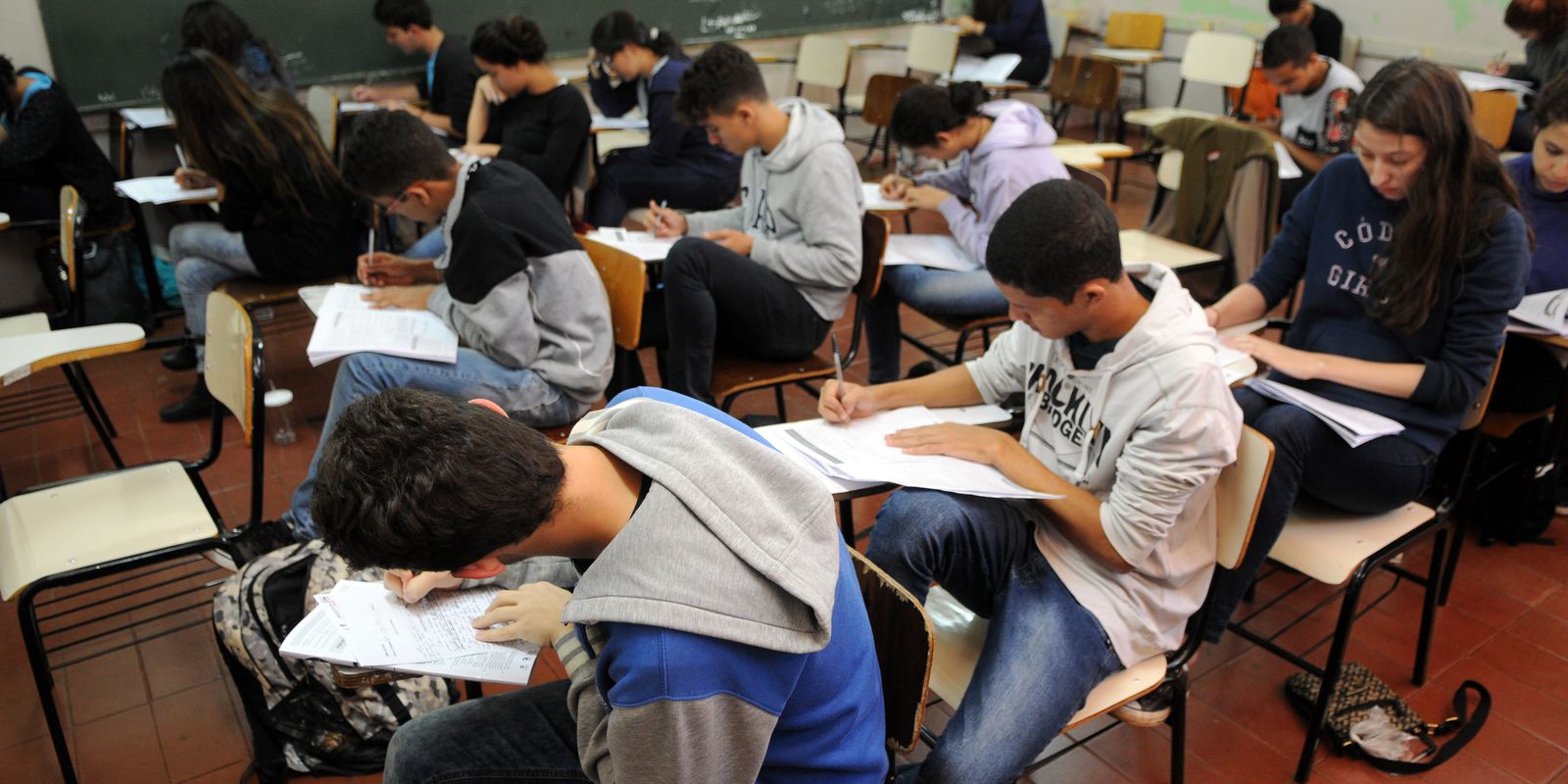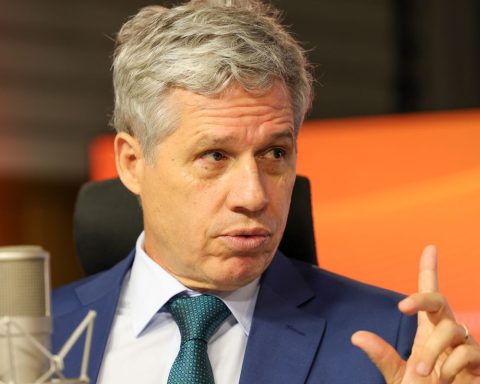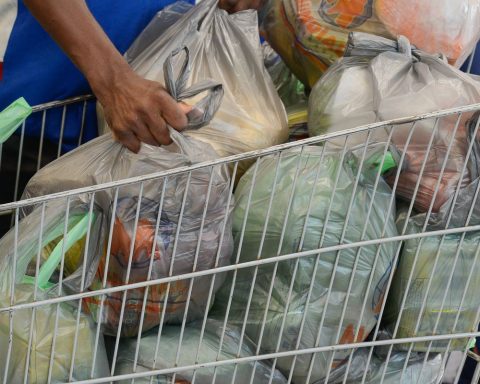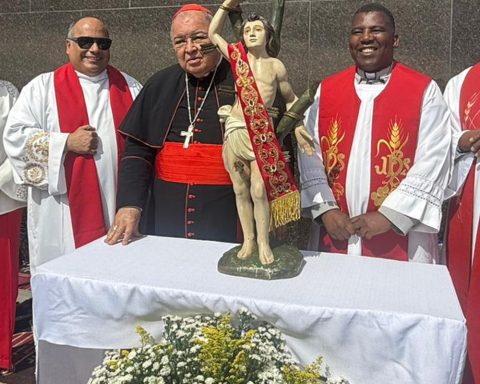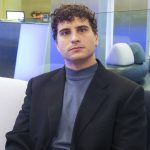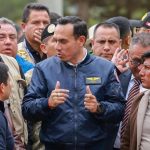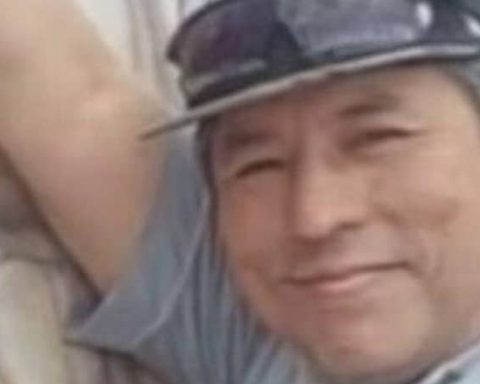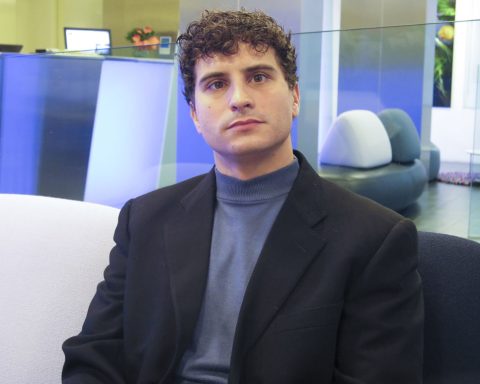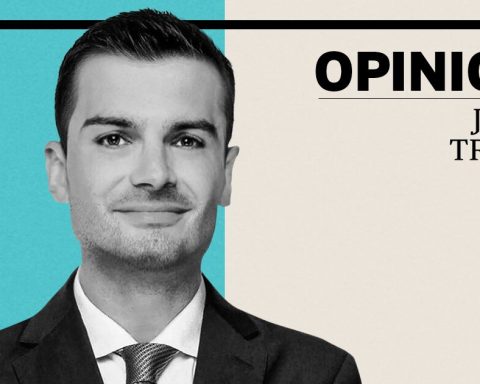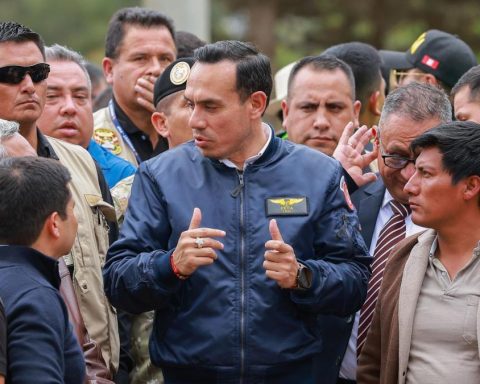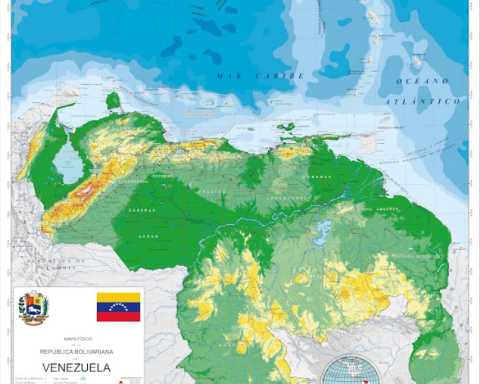The new secondary education began to be implemented in Brazilian public and private schools last year. However, a survey by the National Service for Industrial Learning (Senai) and the Social Service for Industry (Sesi) on the changes that are being carried out points out that 55% of the population is little or not at all informed about the model and only 15% are informed or very informed.
For the professor at the Faculty of Education and coordinator of the research group Observatório Jovem do Rio de Janeiro at Universidade Federal Fluminense (UFF), Paulo Carrano, the result is not strange because, in fact, this public policy was made “in improvisation”, without the necessary dialogue with society, especially with the basic school community, students, teachers and administrators.
“We are facing the challenge of citizenship training, which also incorporates the formation of democratic values, not just access to knowledge. And this has to be done with a lot of dialogue ”, he said, in an interview with Brazil Agency.
O new high school was approved by law in 2017, during the government of former president Michel Temer, with the aim of making the stage more attractive and preventing students from dropping out of their studies.
“We had a vacuum of democracy, of previous federal institutions, and now we have the opportunity to get back on track. The expectation I have is that from now on, a broad process of conversation can be opened. We have a deficit in listening to students and they have a lot to say about what kind of school they want.”
A Implementation takes place in stages until 2024. In 2022, it started with the 1st year of high school, expanding the workload to at least five hours a day. By law, for the new model to be possible, schools must increase the workload to 1,400 hours a year, which is equivalent to seven hours a day. This should happen gradually.
According to data from the National Council of Secretaries of Education (Consed), even in the midst of the covid-19 pandemic, the state secretariats maintained the schedule and all states already have the curricular references for the new high school approved.
However, according to Carrano, there is a mismatch between ideas and objective conditions of realization. He explains that the implementation takes place with teachers dissatisfied with the disorganization that the reform promoted in the school routine, given the lack of structure and laboratories needed in public schools to offer the plurality that the reform of secondary education promises.
“It is a proposal that could have been better used if it had been preceded by structural reforms in schools, where teachers had more time and exclusive dedication, which is an old claim of the teaching category, to support what appears in the reform as a principle, which is the possibility of choosing training paths.”
Despite low information, little discussion in society about the reform, there is broad agreement regarding the principles of the policy. According to the survey, when the main changes are listed, more than 70% of Brazilians approve the main guidelines, including the choice of itineraries and the new curriculum model.
With the new model, part of the classes will be common to all students in the country, guided by Common National Curriculum Base (BNCC). In the other part of the training, the students themselves will be able to choose an itinerary to deepen their learning. Among the options is to emphasize, for example, the areas of languages, mathematics, natural sciences, human sciences or technical education. The offer of itineraries, however, will depend on the capacity of the teaching networks and schools.
In 2023, the implementation continues with the 1st and 2nd years and the itineraries should start to be implemented in most schools. In 2024, the implementation cycle ends, with the three years of high school.
Professional qualification
Among the survey results, the possibility of students taking a technical course during high school is approved by 9 out of 10 people. For Senai’s general director and Sesi’s superintendent director, Rafael Lucchesi, as just over 20% of those in the educational stream go to university, this possibility is very important.
“The positive aspect of the reform is understanding that secondary education is a transitional period, in which part of young people go to university and part go to the job market. Bringing professional education into regular education was a great advance, because in all countries, most young people do not go to university; in Brazil, just over 20% go on to university. So, we cannot ignore the majority of students who are in schools and the importance of high school is this impulse for their life and career project based on their vocations”, he said.
Among the implementation challenges, Lucchesi mentions teacher education and training, communication with society, especially families, and the incorporation of professional technical education, which should require partnerships with other institutions.
According to Professor Paulo Carrano, Brazil already has successful experiences in vocational secondary education, such as federal centers of Technological Education, federal institutes and some well-organized state schools, with infrastructure and valued teachers.
“People recognize the importance of secondary education in fact being a higher education in itself and not a stepping stone to university, that it is capable of forming citizens, with democratic values, capable of facing the challenges of a knowledge society. like we have today, that they find in high school a professional technical identity and that at the end of basic education they can attend higher education if they so wish”, he said.
Other survey results indicate that 87% of respondents approve of students making choices within the curriculum that are related to the career they intend to pursue; 75% approve of the possibility for students to choose part of the disciplines they intend to study; 72% approve of the new curriculum model; and 69% approve of an increase in the workload.
For Carrano, despite the lack of knowledge about secondary education, as it was redesigned, the population is valuing things that are important and that are foreseen by law as the mission of this last stage of basic education.
“What people are demanding is not necessarily the defense of the new secondary education, but a quality public school”, he said. “If you replace [nas perguntas da pesquisa] ‘new high school’ for ‘quality school’, people will say ‘yes, I want a school that has freedom of choice, that allows the student’s professional technical training and a school that offers the necessary tools for young people to grow their repertoires and can be complete citizens’”, he explained.
It is fearful, however, for the researcher, the replacement of disciplines that are important “to face the complexity of the world of knowledge”, such as philosophy, history and sociology, by other teaching arrangements related to the short-term market and fads.
“A professor complained to me that they removed the workload of sociology to put the formation of influencer and other names that are folkloric, that have to do with this speed of the market, of the cultural industries. Even if the school has to dialogue, it cannot be hostage to these fast times, it has to be a place of safety, of slower time, of more careful elaboration of knowledge. It shouldn’t just mirror what the markets are demanding,” she pointed out.
Assessment
The good acceptance of the changes is accompanied by the fact that secondary education is the second school stage with the worst evaluation in terms of quality. According to the survey, literacy appears first, with 20% of respondents evaluating this stage as bad or terrible, followed by secondary education, with 14%. Elementary education has a failure rate of 13% and nurseries, 11%. Already 8% of the population evaluate technical and higher education as bad or terrible.
The last stage of basic training should prepare young people for the beginning of their professional career. But, for the majority of Brazilians, this has not happened: 57% believe that students complete basic education with little or no preparation for higher education. Only 1 in 10 (13%) think the student leaves well prepared.
When the question is whether secondary education prepares for the job market, the index is repeated: 57% think it prepares little or nothing. Only 14% of Brazilians believe that students finish the 3rd year prepared to enter the world of work.
In addition to the lack of attractiveness, one of the difficulties that needs to be resolved, according to Professor Paulo Carrano, is the student’s condition, especially the poor student, to remain in school. “It is necessary to think about the objective conditions for teachers to give good classes, but if that student is unable to be in school due to lack of economic conditions, mobility or security, we will not have students to talk to”, he argued.
Expectations
The perception that secondary education has not fulfilled its purpose and the positive assessment of the main changes foreseen in the new model unfold into expectations. Among those who are very informed or informed about the new secondary education, 55% believe that the potential for improving student training is great or very great. In the general population, this rate is 40%.
Other survey results indicate that 83% believe that the new secondary education will develop the necessary knowledge, skills and attitudes for young people; 83% that Brazilian schools will form young people who are better prepared for the challenges and demands of the current job market; and 80% think it will raise the quality of education in the country.
For Paulo Carrano, however, it is necessary to carefully evaluate and discuss changes and curricular incorporations. For him, one of the challenges in releasing innovative repertoires is the proper training of teachers. “Although there are teachers doing interesting things, there are others improvising inappropriately,” he said.
He highlights, for example, the Life Project, which is a curricular component of the new high school linked to the development of the student’s socio-emotional skills, so that he can build his own professional, academic and personal trajectory with autonomy.
“I see it with good eyes, young people have said that they feel very alone in making the choices of training paths and, with all the difficulty, they have liked having someone talk about the future. But how is it being done? Is the Life Project being thought of as a deep listening about the real decision-making conditions to make choices or is it being done much more like a futuristic motivational workshop and often trying to convince young people that they cannot dream more than they would like to dream?” asked Carrano.
The survey by Senai and Sesi heard 2,007 Brazilians, aged 16 and over, in a home approach, from December 8 to 12, 2022, in the 26 states and the Federal District. The sample repeats the profile of the Brazilian population according to income, region and city profile (capital, metropolitan region and countryside). The margin of error is 2 percentage points, with a 95% confidence interval.
